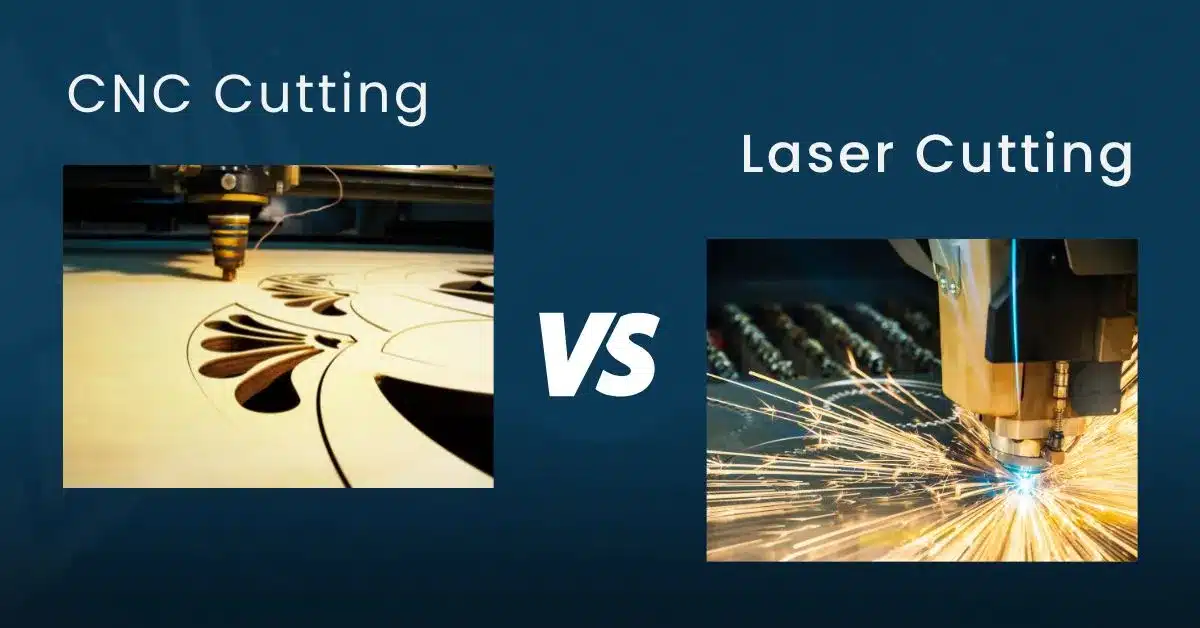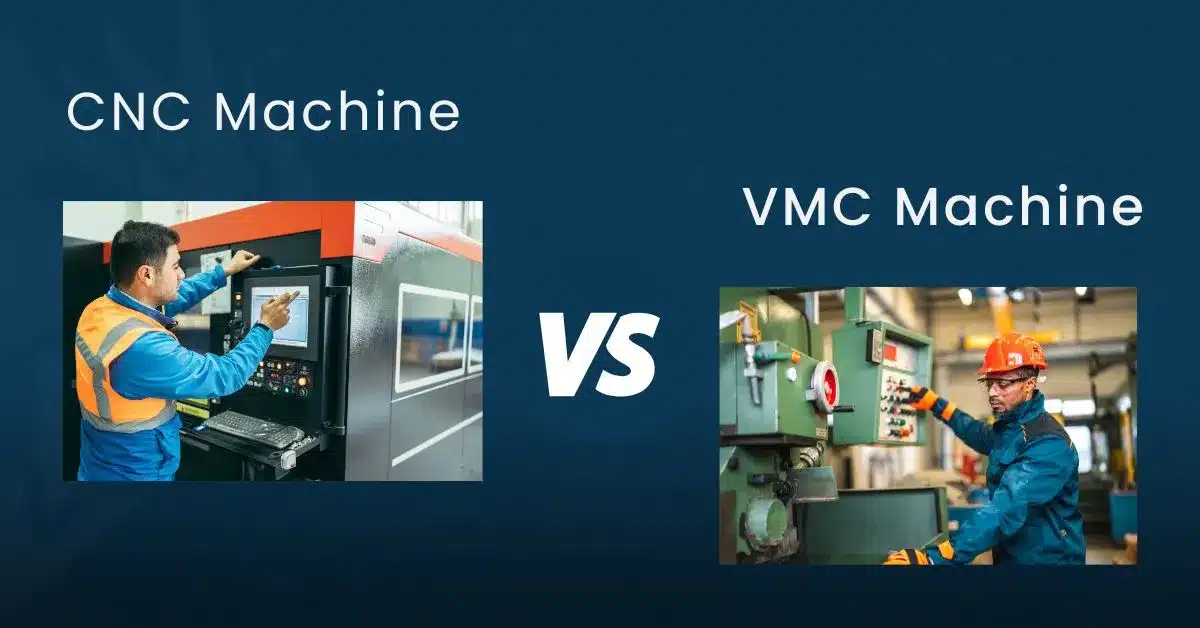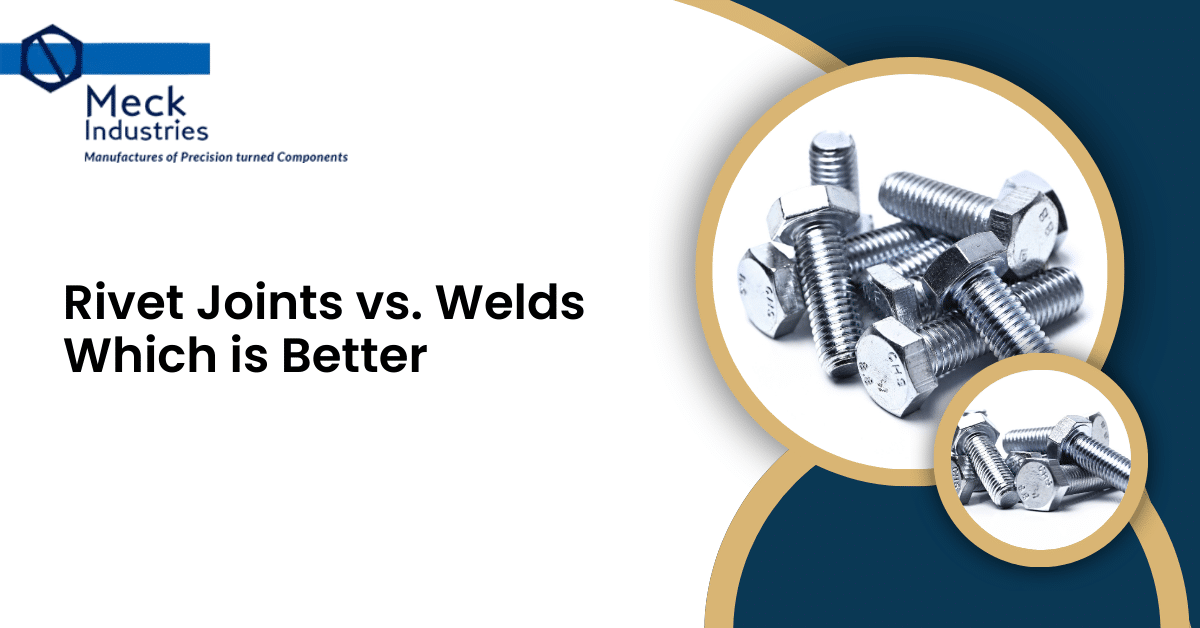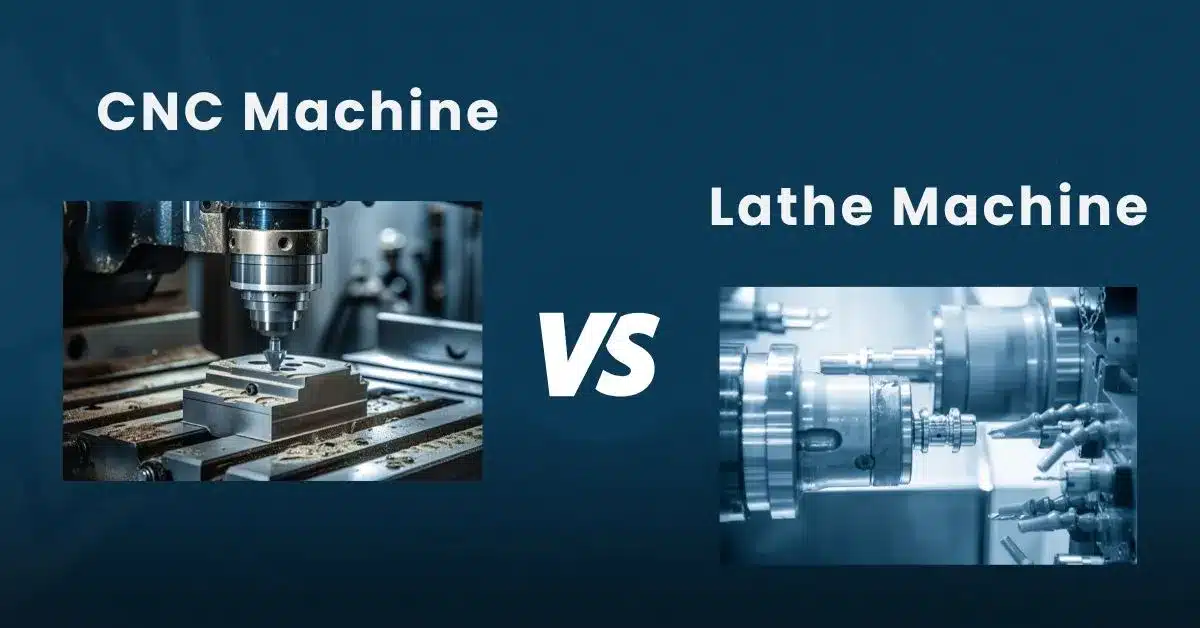
When it comes to precision manufacturing, two technologies dominate the conversation: CNC cutting and laser cutting. Both offer remarkable accuracy and efficiency for shaping materials, but they function differently, providing unique advantages depending on the specific requirements of a project.
In this blog, we’ll explore the key differences, advantages, and use cases for both CNC cutting and laser cutting and discuss how CNC machine parts manufacturing plays a critical role in industries worldwide.
What is CNC Cutting?
CNC (Computer Numerical Control) cutting is a manufacturing process where a computer-controlled machine is used to cut, shape, or carve materials into desired shapes and sizes. CNC cutting can use various tools, such as mills, routers, and plasma cutters, depending on the material being worked on.
Key Features of CNC Cutting:
- Can be used on a wide range of materials (metal, wood, plastic, foam).
- Highly versatile with the ability to perform drilling, milling, and other operations.
- Machines can cut materials into intricate shapes based on a design.
CNC cutting machines are widely used in industries such as automotive, aerospace, and manufacturing of CNC machine parts. As a CNC machine parts manufacturer, we utilize advanced CNC cutting technologies to produce high-precision components, from small machine components to large industrial parts, ensuring top-quality results for our clients.
What is Laser Cutting?
Laser cutting utilizes a high-powered laser beam to cut or engrave materials. The laser melts, burns, or vaporizes the material to achieve precise cuts, which are often smoother than those produced by traditional cutting methods.
Key Features of Laser Cutting:
- Ideal for high-precision, intricate cuts.
- Can cut through a variety of materials, including metals, plastics, wood, and glass.
- Generates minimal heat-affected zones, reducing material warping.
Key Differences Between CNC Cutting and Laser Cutting
Here’s a detailed table comparing CNC Cutting and Laser Cutting across various factors:
| Feature | CNC Cutting | Laser Cutting |
| Technology Used | Computer-controlled tools (milling, routing, etc.) | High-powered laser beam |
| Material Range | Metals, plastics, wood, foam, composites | Metals, plastics, wood, glass, ceramics |
| Cutting Precision | Moderate to high precision | Extremely high precision |
| Cutting Speed | Moderate to high, depending on material | Fast, especially on thin materials |
| Heat Affected Zone (HAZ) | Larger HAZ, may cause material distortion | Minimal HAZ, little to no distortion |
| Thickness of Material | Can cut thicker materials efficiently | Limited to thinner materials (depending on power) |
| Cost of Operation | Generally lower, especially for thicker materials | Higher, especially for cutting thicker materials |
| Finish Quality | Rougher finish, may require post-processing | Smooth, clean cuts with minimal need for post-processing |
| Flexibility | Highly versatile for different applications | Best for intricate, detailed cuts |
| Maintenance Requirements | Regular tool changes and maintenance | Laser maintenance, such as lens cleaning |
Advantages of CNC Cutting
- Versatility: CNC cutting machines can be adapted to work with a variety of tools, such as mills, drills, and plasma cutters, making them suitable for multiple types of projects.
- Cost-Effective for Larger Materials: CNC cutting tends to be more affordable for thicker materials and larger workpieces, as the process is less energy-intensive than laser cutting.
- Precision for Large-Scale Projects: For projects that require the cutting of larger components or heavy-duty materials, CNC cutting remains a go-to option due to its reliable performance.
- Manufacturing of CNC Machine Parts: As a CNC machine parts manufacturer, we specialize in producing high-precision components using CNC cutting technology. This enables us to create parts for various industries, including automotive, aerospace, and industrial machinery. Our expertise in CNC cutting ensures that every part we produce meets stringent specifications for quality, durability, and performance. Whether you’re in need of custom brackets, housings, or intricate machine components, our CNC parts manufacturing services provide reliable and cost-effective solutions.
Need precision parts for your next project? Contact us today for expert CNC machine parts manufacturing solutions tailored to your needs!
Advantages of Laser Cutting
- High Precision: Laser cutting offers incredibly fine, precise cuts that are ideal for intricate designs. This is especially beneficial for industries such as aerospace and electronics where tolerances are critical.
- Minimal Heat Affected Zone: Because laser cutting uses a focused beam of light, the heat affected zone (HAZ) is minimal, meaning the surrounding material won’t warp or change its properties.
- Reduced Need for Post-Processing: Laser cutting leaves a clean edge with no burrs or imperfections, reducing the need for secondary processes such as sanding or polishing.
Applications for CNC Cutting
- Aerospace and Automotive: Used for creating custom parts, such as brackets, housings, and machine components.
- Woodworking and Furniture Manufacturing: Ideal for carving intricate patterns or cutting complex shapes in wood.
- Plastics Manufacturing: Used for cutting plastics into parts for products or packaging.
Applications for Laser Cutting
- Metal Fabrication: Laser cutting is often used for cutting and engraving metals, including stainless steel, aluminium, and titanium, in the automotive and industrial sectors.
- Signage and Branding: Laser cutting is commonly used to produce intricate logos and signs in materials such as acrylic and wood.
- Electronics: Creating precise cuts in delicate components such as circuit boards and small mechanical parts.
Which Technology Should You Choose?
Choosing between CNC cutting and laser cutting depends on the specific needs of your project. Here are a few things to consider:
- For thicker materials or large projects, CNC cutting may be the better option, as it’s generally more cost-effective and can handle a wider variety of materials.
- For high precision and fine detailing, laser cutting is ideal. It’s perfect for applications requiring intricate designs with tight tolerances.
- For faster production and minimal post-processing, laser cutting stands out due to its quick cutting speed and the clean edges it produces.
Frequently Asked Questions
What is the primary difference between CNC cutting and laser cutting?
CNC cutting involves using a computer-controlled machine with various tools (such as mills, routers, and plasma cutters) to cut and shape materials. On the other hand, laser cutting uses a high-powered laser beam to precisely cut or engrave materials, offering smoother edges and finer details.
Which cutting method is more cost-effective?
The cost-effectiveness of CNC cutting vs laser cutting depends on the material and project requirements. CNC cutting is generally more affordable for larger, thicker materials, while laser cutting is ideal for smaller, intricate projects but may have a higher operational cost for thicker materials.
Can both methods be used on the same materials?
Yes, both CNC cutting and laser cutting can work with a wide range of materials such as metals, plastics, wood, and composites. However, laser cutting excels with thinner materials, while CNC cutting can handle a broader range of material thicknesses.
Conclusion
Both CNC cutting and laser cutting offer impressive capabilities, but they are best suited for different applications. CNC cutting provides versatility and cost-effectiveness for larger and thicker materials, while laser cutting excels in precision and speed for intricate, fine cuts.



